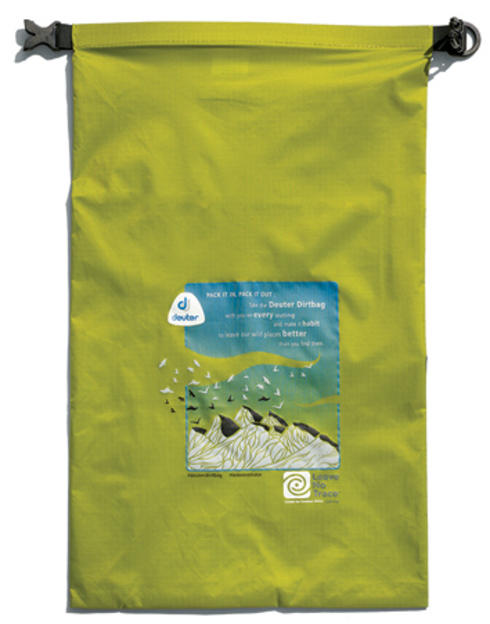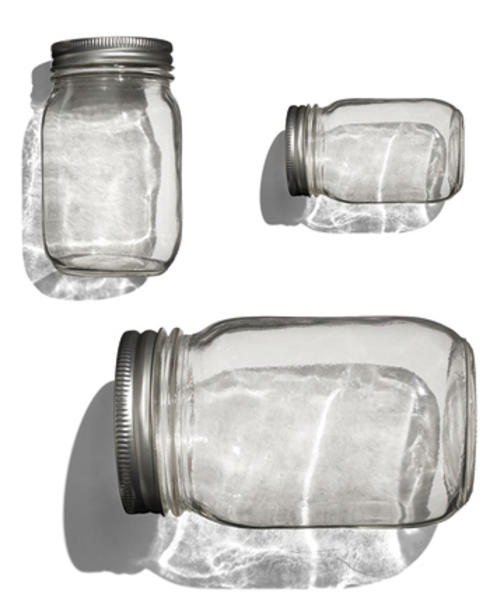YELLOWSTONE NATIONAL PARK :: WYOMING, USA
As the leader of WWF’s packaging and material science program, I am confronted with the issues of overconsumption daily. I know, for example, that Americans produce an average of 4.4 pounds of trash every day—a scale and speed that, for me, has often prompted feelings of frustration, sadness, and guilt. But last summer, I joined an expedition that gave me renewed hope.
For six days, I was a guest on a Zero Waste Adventure in Yellowstone National Park. Launched by WWF partner Natural Habitat Adventures, the trip was the first of its kind, and challenged participants to partake in an ambitious, eco-minded experiment: diverting 99% or more of our waste from landfills by refusing, recycling, reusing, upcycling, and composting.
To accomplish our goal, each of us was supplied with a special toolkit equipped with reusable water bottles, mugs, cutlery, and tote bags. We shared meals from reusable containers. We composted our food waste. And we used a TerraCycle system, which breaks down hard-to-recycle items, such as snack wrappers. By the trip’s end, 14 people had produced only a small mason jar-sized container of waste.
With less trash in tow, I could focus on the park’s incredible, iconic landscape, which teemed with life: Blooming wildflowers dotted the terrain; pine and fir trees stretched into the clouds; and pollinators of every kind hummed in unison. In the distance, bear cubs somersaulted down hills and clambered over fallen trees, oblivious to our presence.
Seeing such wildlife flourishing in the world’s first national park reminded me how much special places, and their inhabitants, can benefit from our protection efforts. But it’s not enough to just safeguard land and species; we must also work towards a future where we significantly reduce our consumption and understand how our actions impact the planet. We can’t forget what’s at stake—nor that we are all part of the solution. It’s time zero waste strategies became a part of the conservation discussion.
Learn how you can leave a lighter footprint.


















